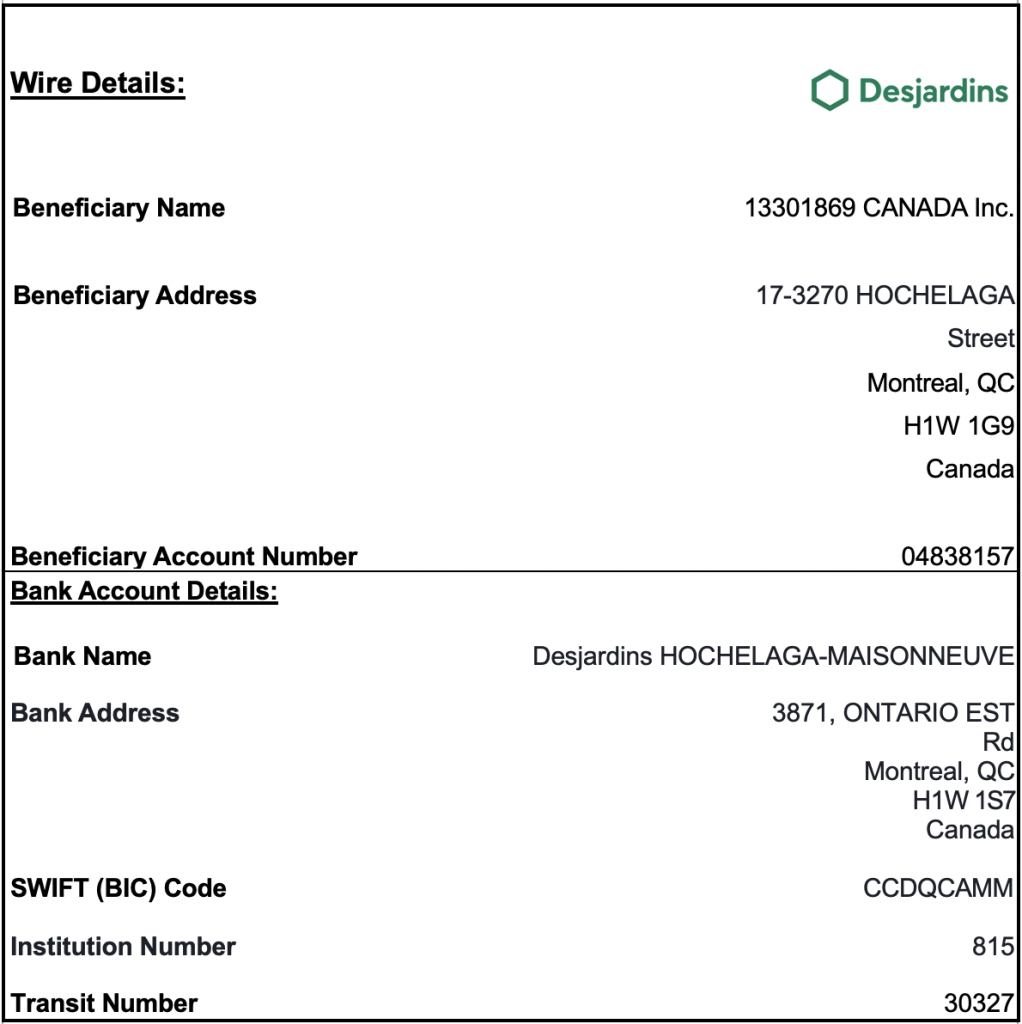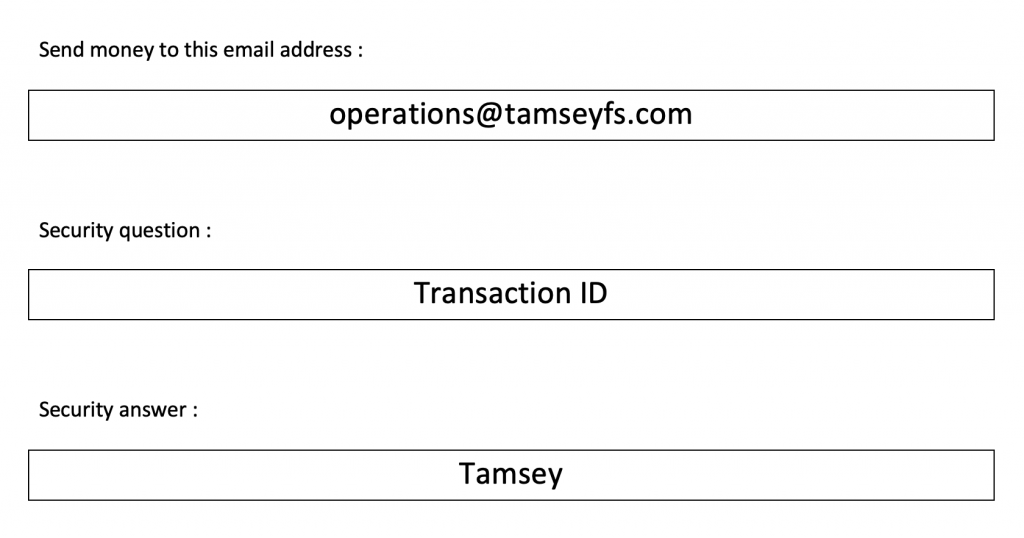In the fast-paced realm of financial technology, one area that has witnessed substantial innovation is the evolution of digital wallets and their impact on bank transfers. As we step into an era dominated by digitization, the future of financial transactions seems to be seamlessly intertwined with the capabilities of digital wallets. This blog explores the key trends and advancements that are shaping the future landscape of digital wallets in the realm of bank transfers.
The Current Landscape
To understand where digital wallets are headed, it’s crucial to reflect on their current status. Digital wallets have already become ubiquitous, allowing users to store, manage, and transfer funds electronically. Whether it’s peer-to-peer transactions, online shopping, or bill payments, these virtual repositories have revolutionized the way we handle money in our day-to-day lives.
One of the primary advantages of digital wallets is their convenience. Users can carry their entire financial world in the palm of their hand, eliminating the need for physical wallets filled with credit cards and cash. However, the true potential of digital wallets lies in their integration with traditional banking systems.
Seamless Integration with Banks
As we look ahead, the synergy between digital wallets and traditional banks is set to become even more profound. Financial institutions are increasingly recognizing the importance of incorporating digital wallet functionalities into their services. This collaboration aims to provide users with a seamless experience, blending the speed and efficiency of digital wallets with the security and trust associated with traditional banking.
Banks are actively investing in technology to enhance their digital infrastructure, ensuring compatibility with various digital wallet platforms. This strategic alignment between banks and digital wallets not only fosters financial inclusivity but also opens up new avenues for innovation in the banking sector.
Enhanced Security Measures
Security has always been a paramount concern in the world of finance. As digital wallets continue to gain prominence, so does the need for robust security measures. The future of digital wallets in bank transfers will see an increased focus on biometric authentication, multi-factor authentication, and advanced encryption protocols.
Biometric authentication methods, such as fingerprint and facial recognition, provide an added layer of security, ensuring that only authorized users can access and initiate transactions. Additionally, advancements in artificial intelligence and machine learning are being leveraged to detect and prevent fraudulent activities in real-time, bolstering the overall security of digital wallet transactions.
Blockchain Technology: A Game-Changer
The integration of blockchain technology is poised to be a game-changer in the future of digital wallets. Blockchain, the decentralized and distributed ledger technology, offers transparency, immutability, and enhanced security for financial transactions. By leveraging blockchain, digital wallets can provide users with a tamper-proof record of their transactions, instilling trust and confidence in the digital payment ecosystem.
Moreover, blockchain facilitates faster and more cost-effective cross-border transactions, eliminating the need for intermediaries and reducing transaction fees. This not only benefits users but also positions digital wallets as a competitive alternative to traditional banking channels for international money transfers.
The Rise of Central Bank Digital Currencies (CBDCs)
The emergence of Central Bank Digital Currencies (CBDCs) is another factor that will shape the future of digital wallets. CBDCs are digital forms of a country’s national currency issued by the central bank. As more countries explore the possibility of introducing CBDCs, digital wallets are expected to play a pivotal role in their adoption and use.
Digital wallets can seamlessly integrate with CBDCs, allowing users to store and transact with these digital forms of currency. This integration holds the potential to redefine the entire financial landscape, offering a more efficient and inclusive financial system.
Enhanced User Experience
The future of digital wallets goes beyond just functionality; it encompasses the overall user experience. Design and user interface will play a crucial role in making digital wallets more accessible and user-friendly. Intuitive interfaces, personalized dashboards, and proactive financial insights are some of the elements that will enhance the overall user experience of digital wallets.
Moreover, the integration of artificial intelligence will enable digital wallets to provide personalized recommendations based on users’ spending patterns, financial goals, and preferences. This level of customization will make digital wallets not only a tool for transactions but also a personal financial companion.
Decentralized Finance (DeFi) Integration
An emerging trend that is gaining traction in the financial industry is the integration of digital wallets with Decentralized Finance (DeFi) protocols. DeFi platforms leverage blockchain technology to offer financial services without traditional intermediaries. Digital wallets, acting as the gateway to these decentralized ecosystems, enable users to participate in lending, borrowing, and trading activities directly from their wallets.
This shift towards DeFi integration introduces a new dimension to digital wallets, providing users with greater financial autonomy and access to a broader range of financial instruments. However, it also raises questions about regulatory frameworks and risk management in this decentralized landscape.
Environmental Sustainability in Digital Transactions
As the world becomes more conscious of environmental sustainability, the future of digital wallets in bank transfers will likely see a focus on eco-friendly practices. The energy consumption associated with blockchain networks, especially in cryptocurrencies, has sparked debates about the environmental impact of digital transactions.
In response, developers and innovators are exploring solutions like environmentally friendly consensus mechanisms and energy-efficient blockchain networks. The integration of these sustainable practices into digital wallets could become a key consideration for users and businesses alike.
Global Partnerships and Interoperability
The future of digital wallets is not confined by geographical boundaries. Global partnerships and interoperability between different digital wallet providers will become increasingly important. Users should be able to seamlessly transfer funds between different digital wallet platforms, fostering a more connected and interoperable financial ecosystem.
Such partnerships could also extend to collaborations between digital wallet providers and fintech companies, creating synergies that enhance the overall financial experience for users. Interconnected digital wallet networks can contribute to a more efficient and accessible global financial landscape.
Navigating the Digital Frontier
In conclusion, the future of digital wallets in bank transfers is a multifaceted landscape, encompassing innovation, security enhancements, regulatory considerations, and a heightened focus on sustainability. As we navigate the digital frontier, the integration of cutting-edge technologies, such as blockchain and biometrics, alongside the adoption of decentralized finance principles, will redefine the way we perceive and engage with financial transactions.
The evolution of digital wallets from mere repositories of funds to sophisticated financial companions reflects the dynamic nature of the fintech industry. With an emphasis on security, seamless integration with banks, and a user-centric approach, digital wallets are poised to become the cornerstone of the future financial ecosystem. As we embrace this digital revolution, the possibilities are vast, and the future of digital wallets in bank transfers is one that holds the promise of a more accessible, secure, and efficient financial world.



